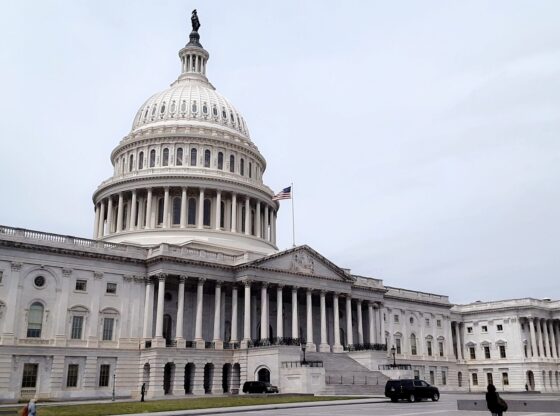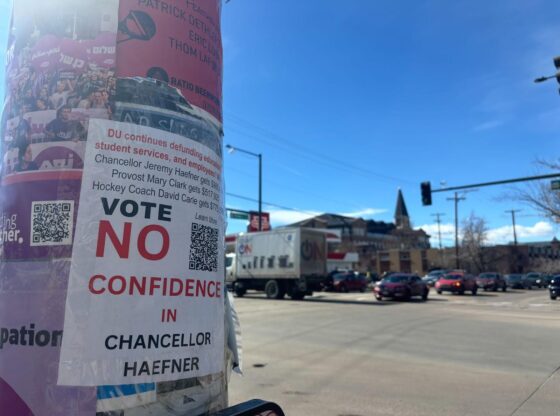The Supreme Court with its conservative majority is at work yet again. This time its focus is on affirmative action in higher education, where it is likely that the complicated history of attempting to achieve diversity in universities will become even more so.
Affirmative action is best defined as a set of procedures designed to eliminate discrimination against applicants in the present and future while remedying discrimination that has taken place in the past.
Affirmative action emerged first in the sphere of labor, but it didn’t become a topic regarding higher education until the 60s. It was during this period that prominent civil rights activists like Martin Luther King Jr. advocated for “special compensatory measures” to alleviate the persistent racial damage done to education throughout American history.
Many universities were responsive to these calls for reform and began implementing and experimenting with affirmative action. However, their efforts were hindered in the 1978 ruling of Regents of the University of California v. Bakke.
In this case, Bakke was a white male applying to the UC Davis medical school. He was ultimately denied admission even though his credentials were well above average. The reasoning behind his denial centered around UC Davis’s racial quota system, where 16 out of the 100 spots available were reserved for students of color.
Bakke ultimately filed a lawsuit against the school, arguing that the school’s racial quota system violated the Civil Rights Act of 1964. In the end, the Supreme Court held that the quota system did violate the Civil Rights Act of 1964 as well as the Equal Protection Clause. This case marked the end of the first wave of educational-based affirmative action, with the second culminating in the landmark case of Gratz v. Bollinger in 2003.
The 90s saw many universities experiment with affirmative action. The University of Michigan was one of these schools, where they implemented a point-based system when reviewing applicants. Points were awarded for various attributes such as test scores, alumni relationships, and high school grades. Starting in 1998, a total of 20 points were awarded to students who identified as an “underrepresented minority.”
Students Jennifer Gratz and Patrick Hamacher, both of which were white, were denied admission in 1995, resulting in their filing of a lawsuit against the University of Michigan in 1997. Their argument was that the school had violated the Equal Protection Clause as well as the Civil Rights Act of 1964. The district court acknowledged the benefits of affirmative action but also viewed the program as amounting to the holding of seats for people along racial lines.
The case of Gratz v. Bollinger eventually made its way to the Supreme Court. The court ultimately ruled in favor of Gratz, largely using the precedent set by Regents of the University of California v. Bakke as a justification. In the primary holding, the court stated that “the Fourteenth Amendment prohibits” public universities from granting admission “where race is the sole reason behind awarding 20 percent of the minimum points needed.”
The end of this case now brings us to the affirmative action programs of today. The legal boundaries set by the Supreme Court in the two cases discussed so far have forced universities to come up with more creative ways in which to increase diversity.
Many of these affirmative action programs have been integrated into the holistic review process, where an applicant’s unique background and experiences—including race—are measured alongside more traditional variables such as test scores and grades.
Many of the holistic review processes operate within the legal framework set by Gratz v. Bollinger (2003) and Regents of the University of California v. Bakke (1978) as they don’t use race or identity as a sole factor. However, the two cases that have been brought to Supreme Court question whether or not race can even exist as a factor in the holistic review process.
The two cases being discussed are Students for Fair Admissions Inc. v. President & Fellows of Harvard College and Students for Fair Admissions, Inc. v. University of North Carolina.
The Students for Fair Admissions is a nonprofit of more than 20,000 students, parents, and people in support of dismantling affirmative action. Their mission is to participate in litigation that will “restore the original principles” of the civil rights movement, where race and ethnicity will become a factor that neither harms nor helps during the admissions process.
The fact that they associate with the civil rights movement is disingenuous because it goes against the whole philosophy behind why affirmative action came into existence in the first place. As mentioned earlier, Martin Luther King Jr. viewed affirmative action as a compensatory measure, something that was supposed to alleviate past and recurring injustices by granting special privileges to disadvantaged communities.
The reality is that inequality still persists in this country. For example, one in three Black families has zero or negative wealth. The Black median wealth in 2016 was $3,557, which is a decrease of almost $4,000 compared to 1983. Meanwhile, the white median wealth in 2016 was $146,984 which represents an increase of over $35,000 since 1983.
Money is power in this country, especially when education is one of the biggest contributing factors to increasing generational wealth. It’s hard for families with a low net worth to provide the same level of education for their children which puts them in a competitive position for college admission. With that being said, the Supreme Court is likely to make it even harder for these families.
To be concise, the two cases in the Supreme Court are centered around both UNC, a public university, and Harvard, a private university. Both cases will ultimately decide whether or not race can even exist as a factor in the admissions process for all universities. It is looking extremely likely the court will rule against affirmative action.
The problem that must be solved now is how to achieve diversity and equity under this new legal framework. Erwin Chemerinsky, dean of UC Berkeley’s law school, stated that universities will “have to make sure that their admissions statistics don’t reveal any use of race” but that they can still “use proxies for race.”
Some of these proxies can take the form of socio-economic standing, as the average median wealth along racial lines displayed above. The reality is that it will take a creative and concerted effort on behalf of all selective universities, but this will concerted effort will take time. The shock that this will bring to our higher education will likely drive down diversity in the short term.
What we need to see on behalf of the universities is a sense of urgency to make this shock in the short term as short as possible. The arguments for diversity in an educational environment are numerous and generally widely accepted. But this urgency must focus on the impact that this decision will have on increasing generational wealth in the communities that need it the most.










